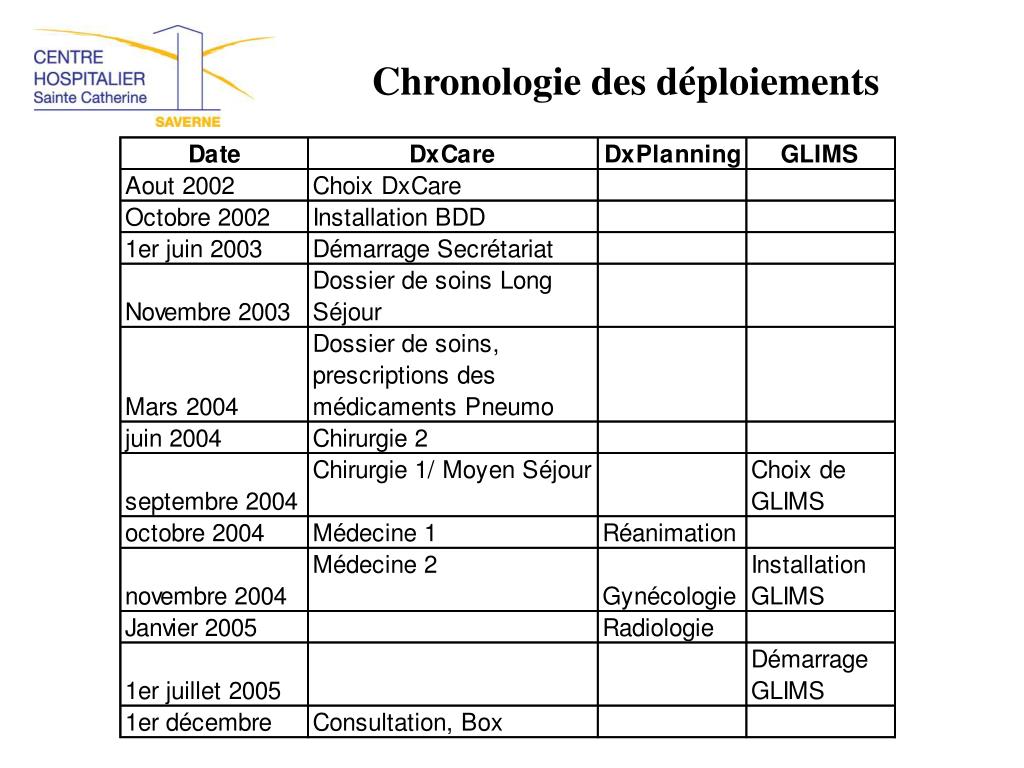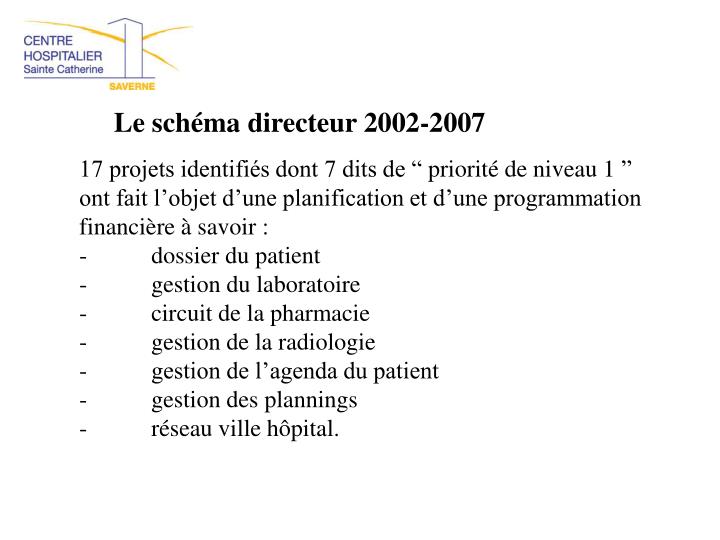


Big IT projects have felt this pressure acutely and no major project is able to proceed without clearly demonstrated cost justifications. The massive profits of the blockbuster drugs are quickly becoming history, and pharmaceutical companies are facing the same pressures to streamline, become more efficient, and focus on core businesses that faced the petrochemical industry in the 1970s and 1980s. This includes the flexibility to support widely varying review and approval workflows for both static data, such as product specifications or study protocols, and dynamic data, such as test results and batch disposition.įinally, the vast majority of pharmaceutical companies are being challenged to become more efficient. Any potential solution must satisfy the concerns of both internal and external auditors. It is also widely recognized that the industry faces more intense regulatory scrutiny than any other, except perhaps the nuclear energy industry. That is not standardization, and for end users it is akin to abuse. However, it doesn't make sense to try to apply a tool designed for QC testing to a protocol-driven clinical bioanalysis laboratory. If a company has 25 manufacturing facilities worldwide, with a QC laboratory in each, standardization can have great benefit in harmonizing processes, and in reducing deployment and validation costs across those 25 sites. The fact is, one should only standardize where it is advantageous to do so. Some may interpret this approach as contrary to the industry-wide trend of standardization. Preclinical and clinical bioanalysis is very protocol-driven, therefore, solutions for these laboratories should be designed with an understanding of the study protocol. Pharmaceutical product testing is highly batch-oriented, therefore, any potential solution for the manufacturing area must include batch management capabilities. Complex test methods with multiple-stage acceptance criteria must be automated as much as possible. True solutions must solve the business pain of the end users. In general, the industry is rapidly acknowledging that one tool cannot possibly meet the needs of these diverse users. In some cases it can work, but more often than not the result is a failed implementation, and a lot of unhappy (and potentially unproductive) users.

However, end users seeking a solution to their business needs are often challenged by upper management to somehow 'make do' with a system already used in another part of the company.

Combinatorial chemistry, screening, preclinical and clinical bioanalysis, analytical chemistry, manufacturing R&D and production quality control (QC) all have unique needs and workflows. One of the controversial challenges in selecting a LIMS in pharma is the wide diversity of laboratories in a company. We will also discuss some of the new trends in the capabilities of LIMS, and in the use of LIMS in the pharmaceutical enterprise. These include in-house developed systems, 'generic' laboratory information management systems (LIMS), and commercial off-the-shelf (COTS) solutions. This article will review the challenges facing pharmaceutical laboratories, and examine the three most common alternatives available to pharmaceutical companies evaluating laboratory informatics systems in the context of the above-mentioned challenges.


 0 kommentar(er)
0 kommentar(er)
